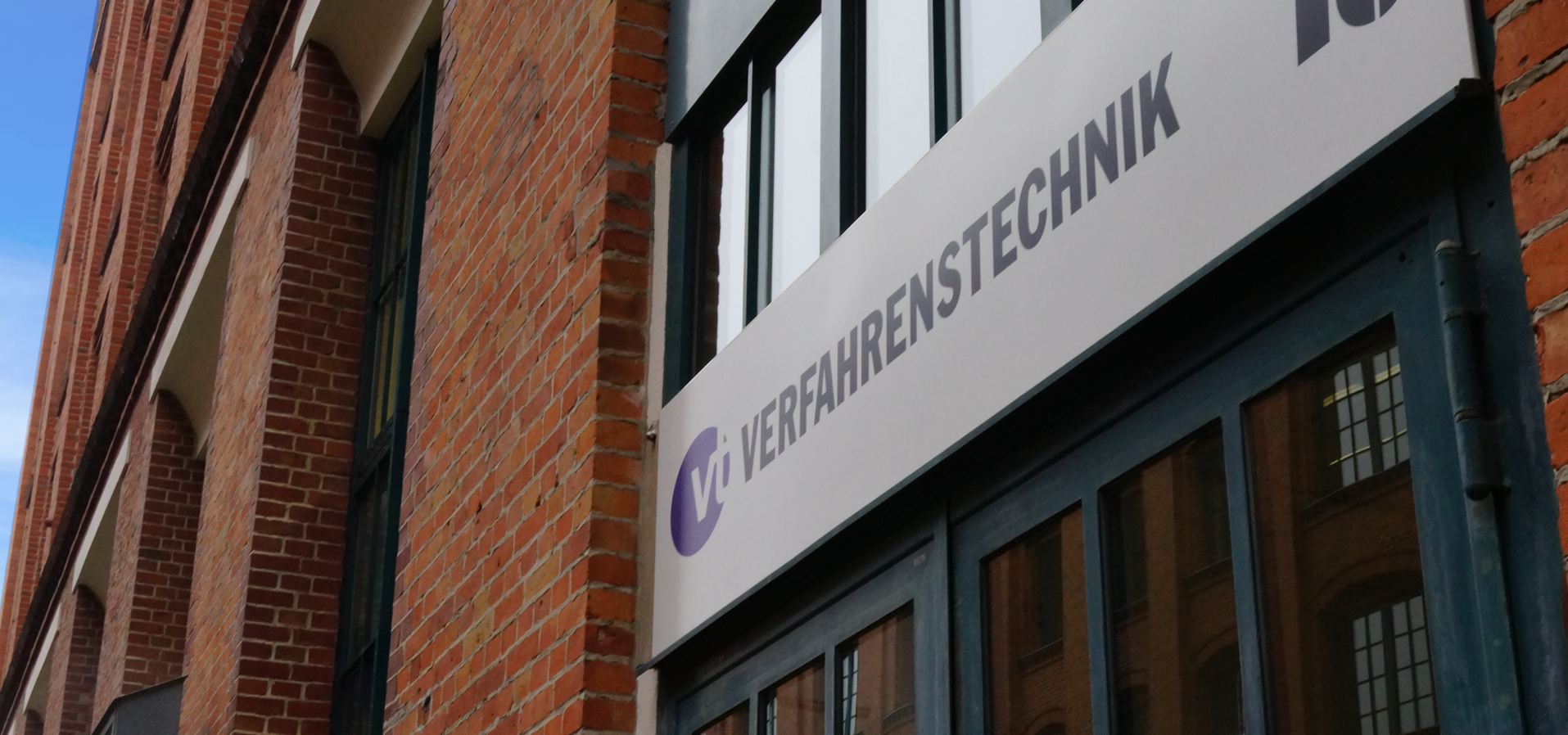 © Ahmad Mubarok
© Ahmad Mubarok
Die Verfahrenstechnik beschäftigt sich mit der technischen und wirtschaftlichen Durchführung aller Prozesse, in denen Stoffe nach Art, Eigenschaft und Zusammensetzung verändert werden. Es handelt sich also um die Ingenieurwissenschaft der Stoffumwandlung.
Die am Fachgebiet bearbeiteten Forschungsprojekte lassen sich den drei folgenden Themengruppen zuordnen:
- Mehrphasenprozesse
- Fluiddynamik
- Prozesstechnik
Wichtige Informationen:
Lehrveranstaltungen am Fachgebiet
Bis auf Weiteres werden nur noch die Pflichtveranstaltungen (inkl. EIS II Praktikum für Chem.Ing.) gelehrt. Sämtliche Wahlfächer (Vorlesungen, Praktika usw.) werden bis auf Weiteres nicht mehr angeboten.
Prüfungstermine im Sommersemester 2024 (gem. BerlHG)
Die vom Akademischen Senat im September 2023 beschlossene Änderung der AllgStuPO enthält eine Regelung, die dem aktuell übergangsweise geltenden Vorgehen zur Anzahl der Prüfungstermine entspricht. Bisher liegt der TU Berlin aus der Senatsverwaltung für Wissenschaft keine Rückmeldung dazu vor.
Daher gilt vorerst:
Bis einschließlich Sommersemester 2024 bleibt es bei der Regelung, wonach insgesamt nur zwei Prüfungstermine (Erst- und Wiederholungstermin) anzubieten sind, WENN der Wiederholungstermin auch für Erstversuche geöffnet wird.
Aktuelle Nachrichten
Kommende Veranstaltungen
Marchstraße (MAR)
Ackerstraße (ACK)

 © TU Berlin, FGVT
© TU Berlin, FGVT
 © Clea Doltz
© Clea Doltz
 © DvM Design
© DvM Design
 © ifan kurniawan
© ifan kurniawan





